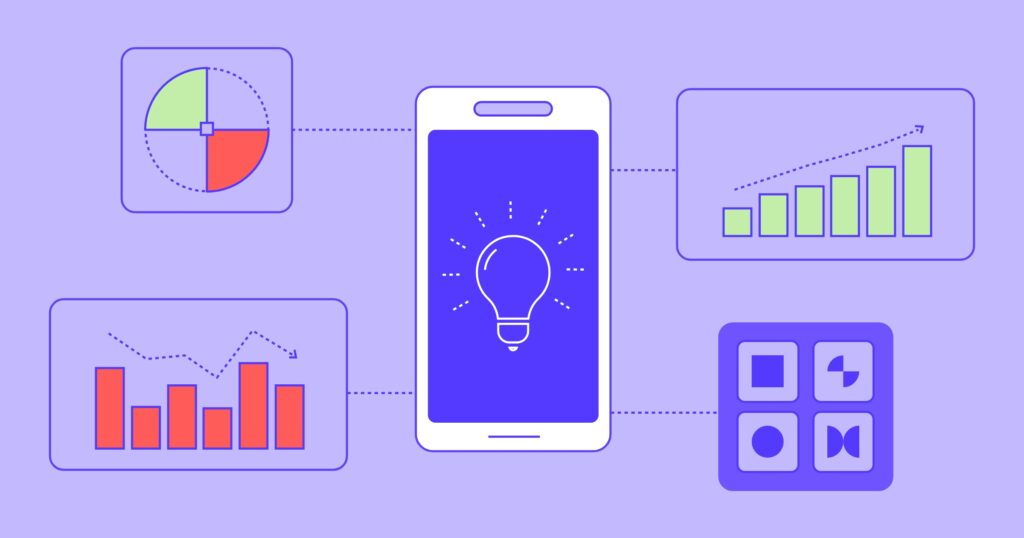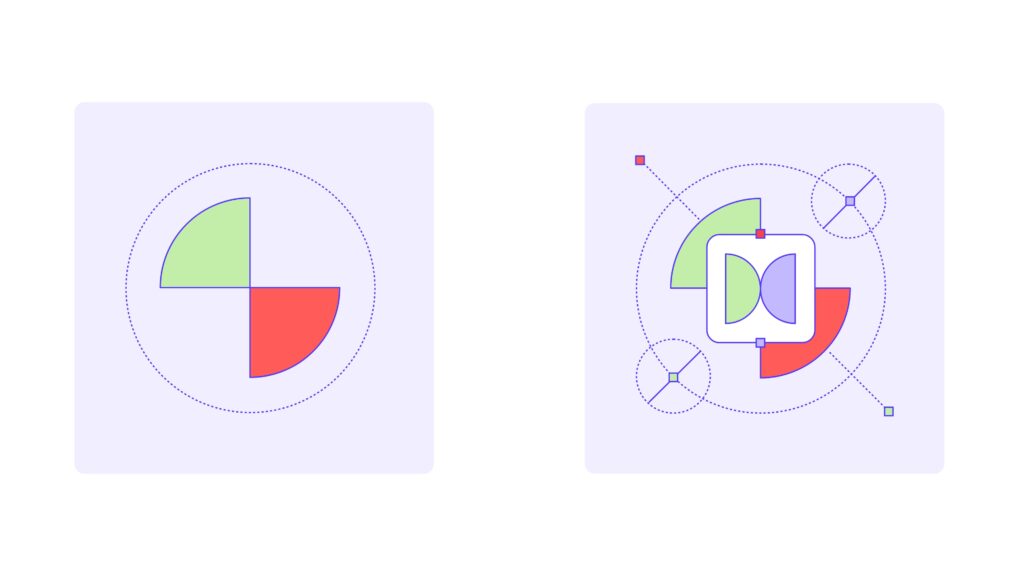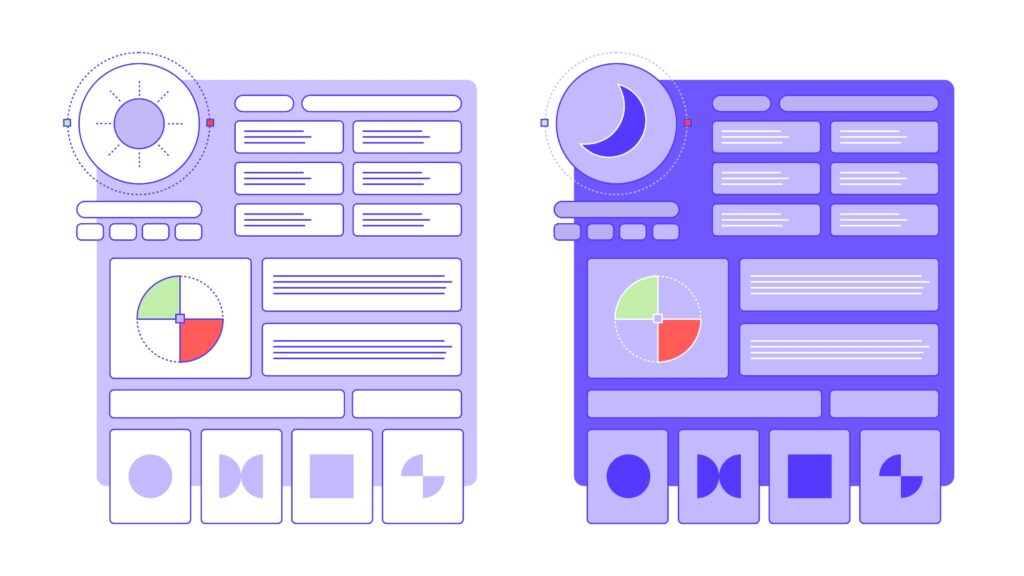
The blend of design and technology is evolving faster than ever, bringing new opportunities to create engaging, user-centered experiences. Here are five emerging trends that are shaping the future of web and UX design.
1. Minimalism vs. Maximalism
As we strive to capture users’ attention, the choice between minimalist and maximalist design approaches has become more nuanced. Minimalism, with its focus on clean lines and simplicity, can streamline navigation and create a calming digital environment. However, maximalist design, characterized by bold colors and complex layouts, can create a striking, memorable experience.
The future of web experience lies in finding a harmonious balance between these styles, ensuring that bold aesthetics do not compromise usability.

2. Personalization & Data Privacy
Personalization is no longer optional—it’s essential. Data-driven design uses behavioral data and user preferences to tailor digital experiences to each individual. Whether it’s dynamic content that reflects a user’s past interactions or customized layouts that adapt in real-time, personalization fosters a deeper connection between users and brands.
Moving forward, data-driven design will continue to refine these personalized interactions, giving users a sense of being uniquely valued without compromising their privacy.
3. New Interfaces
Emerging technologies like augmented reality (AR), virtual reality (VR), wearables, and smart home devices are transforming how we interact with the digital world. Designing for these platforms requires fresh thinking. AR and VR demand immersive, intuitive layouts, while wearables and smart home interfaces prioritize functionality and ease of use.
As these technologies become more mainstream, companies will need to craft experiences that are accessible, seamless, and compelling across diverse platforms.
4. Dark Mode Considerations
Dark mode has become a popular design trend, offering an alternative interface that’s easier on the eyes in low-light environments. This feature goes beyond aesthetics—it can also reduce energy consumption. When incorporating dark mode into UX design, it’s important to ensure that elements like contrast and color choices enhance readability and accessibility, creating a cohesive user experience that is equally effective in both light and dark themes.
While operating systems, apps, and email platforms have offered dark mode for several years, it’s also important to consider that many of today’s websites were not specifically designed or built with dark mode in mind.
Looking ahead, we anticipate more tools to assist in creating seamless transitions from light to dark mode.

5. Typography
Typography has always played a central role in design, but the web’s capabilities are expanding how we use it. The rise of variable fonts, responsive typography, and custom typefaces allows designers and developers to create dynamic, engaging text that adapts across devices.
In the future, we’ll likely see further advances in interactive and kinetic typography, pushing the boundaries of what’s possible and enabling more expressive, brand-aligned digital experiences.
The future is about pushing the envelope while remaining mindful of user experience. These trends are paving the way for a digital landscape that is not only innovative but also inclusive, engaging, and sustainable. As we continue to explore these shifts, we have an exciting opportunity to shape experiences that are as impactful as they are intuitive.
Interested in elevating your brand’s web experience? We’d love to chat.